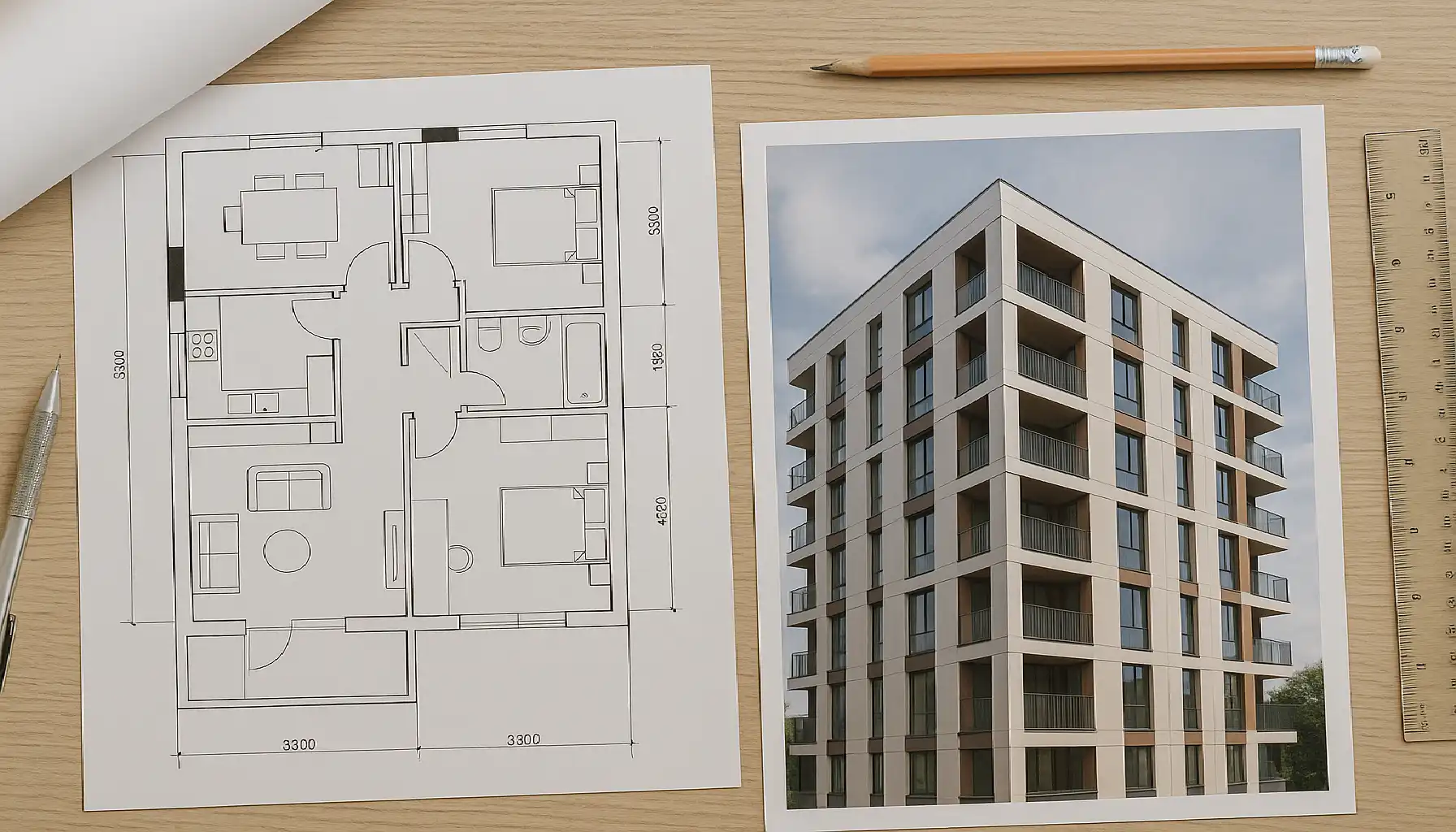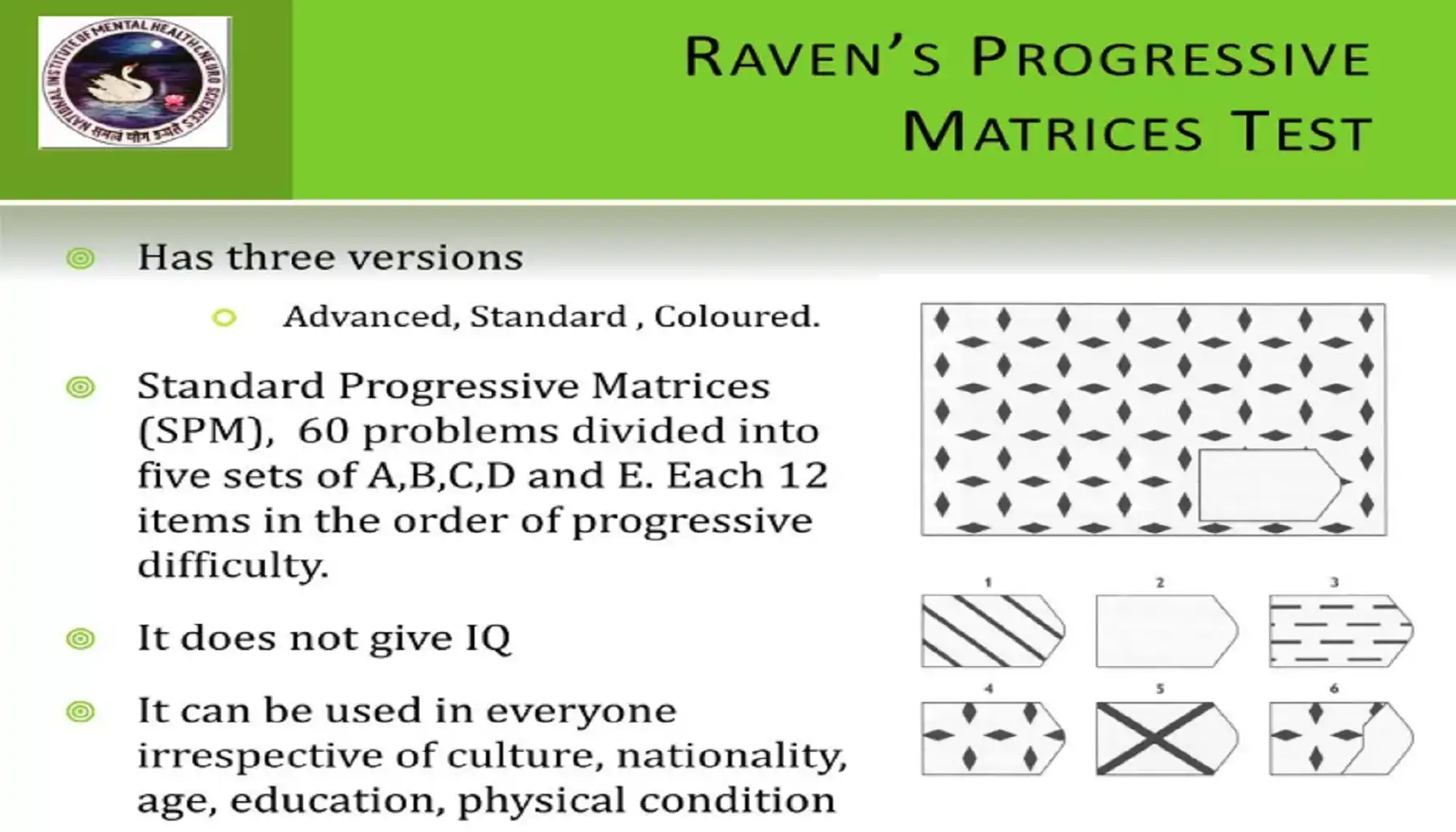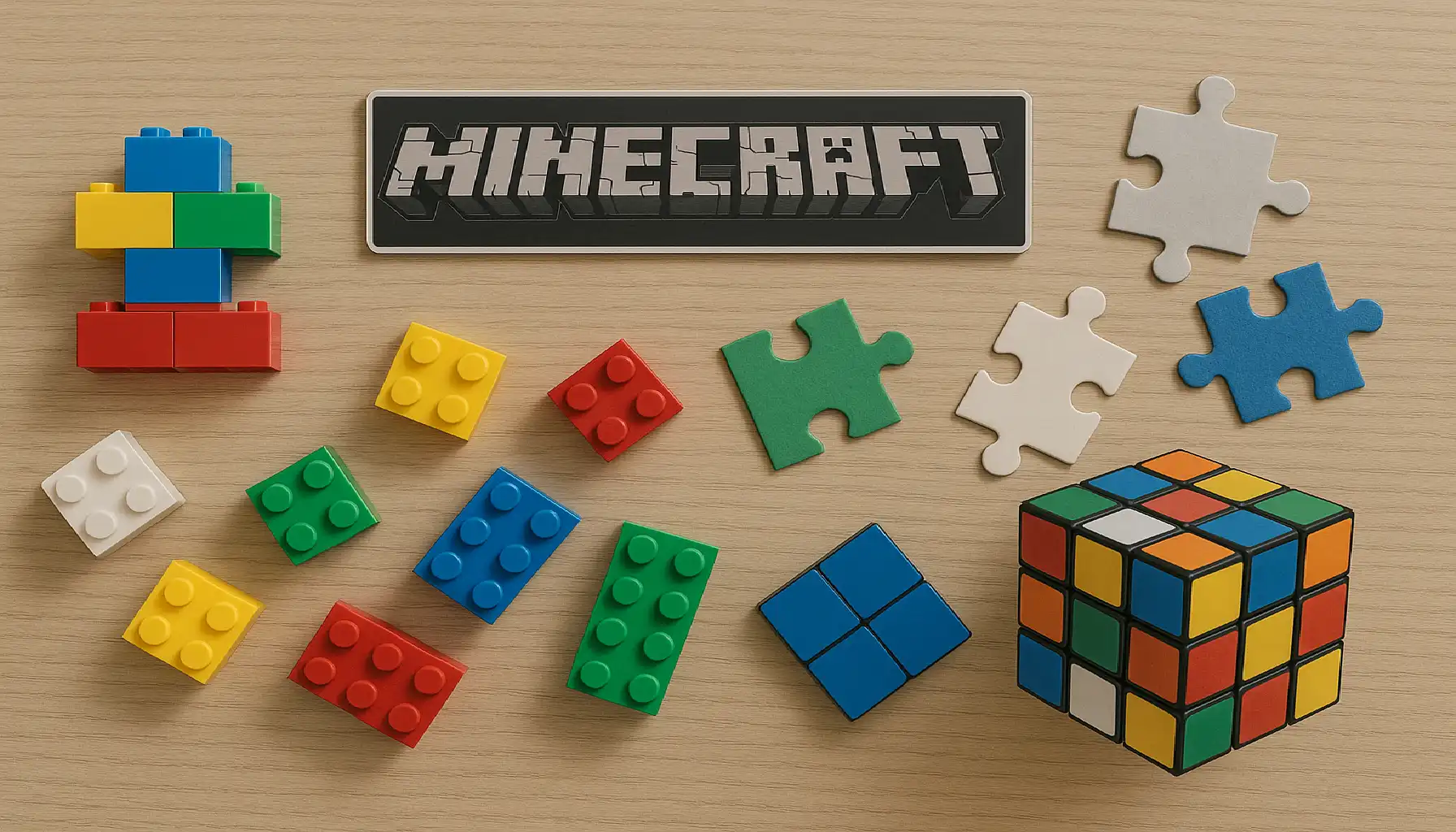Spatial Visual Intelligence — How to See the Hidden?

Contents:
Have you ever wondered why some people easily park their car in a cramped place, while others get lost even with a map in their hands? Perhaps it's the spatial intelligence meaning.
It's like a sixth sense for space, the ability to understand and manipulate shapes and objects in the mind.
What is visual spatial intelligence, and why is it so important in our rapidly changing world? We'll figure it out, find out how to recognize this hidden potential in yourself and, most importantly, how to pump it up.
After all, thanks to cognitive training exercises, everyone can develop spatial thinking, regardless of age.

What Is Spatial Intelligence
Visualize | Visualize objects, scenes, and concepts in your mind, even if they are not in front of your eyes. This applies to both imagination and the ability to "see" a solution to a problem in your head. |
Mentally rotate objects | Imagine that you are holding a Rubik's cube in your hands, but in fact it is only in your imagination. You need to be able to rotate it to figure out which faces are touching and how this will affect the solution of the puzzle. |
Patterns and relationships | See patterns in the arrangement of objects, understand how they relate to each other, and predict how a change in one object will affect others. |
Create mental maps | Imagine a map of an area or building to find shortcuts or remember where things are. This helps not only in navigation, but also in organizing information. |
Perspective | Be able to "see" the world from different perspectives and imagine how objects will look in different positions. |
Borrowed Aspects from Psychology
Spatial intelligence psychology definition is not limited to a simple definition.
Psychologists study how spatial intelligence develops, which areas of the brain are responsible for it, and how it can be improved.
They also explore how spatial intelligence relates to other cognitive abilities such as memory, attention, and logical thinking.
Various IQ tests include tasks aimed at assessing spatial intelligence, which emphasizes its importance in the overall assessment of intellectual abilities.
Connection with visual-spatial thinking
This is a practical application of intelligence.
This is how we use our visualization and object manipulation abilities in our daily lives.
For example, when we are deciding how best to pack things in a suitcase or how to place furniture in a room.

Visual Spatial Intelligence Definition
It's not just the ability to see; it's the ability to actively process visual information.
The difference between two intelligence | |||
Imagine an architect. His visual intelligence helps him imagine what a building will look like, how colors and materials will be combined. But his intelligence allows him to understand how the building will fit into the surrounding landscape, how the air inside the building will circulate, and how people will move through its spaces. | Visual intelligence is about beauty and aesthetics, spatial intelligence is about functionality and organization. Although, of course, a good building combines both. It's just that the emphasis is a bit off. | ||
How these types of intelligence are interconnected | |||
Without visual intelligence, spatial intelligence would be blind. We need visual images to represent and manipulate objects in our mind. | Without spatial intelligence, visual intelligence would be static. We would just see the pictures, but we would not be able to understand their interrelationships, their position in space, their potential for transformation. | Visual/spatial intelligence is an interaction when 1+1=3. Together, they allow us to solve complex problems, create innovative solutions, and better understand the world around us. | Students with spatial intelligence often show increased interest in STEM disciplines (science, technology, engineering, mathematics), as these areas require the active use of spatial thinking. |
Examples of Spatial Intelligence

Architects and their work
They should not only imagine the building in three-dimensional space, but also understand how it will function, how light will enter it, and how people will move in it.
All their work is the application of intelligence.
From designing skyscrapers to creating cozy apartment buildings, their craftsmanship is a demonstration of the power of visual-spatial thinking.
Visual spatial intelligence careers for architects is an opportunity to bring their wildest ideas to life.
Artists and their visual perception
Although artistic talent is often associated with creativity, one should not forget about the role of intelligence.
Artists, especially sculptors and painters, should be able to see the world in three dimensions, understand perspective, and create the illusion of depth on a flat surface.
Their visual-spatial intelligence examples are evident in every stroke, in every curve of the shape.
Engineers and spatial problem solvers
They are constantly faced with tasks that require spatial thinking.
From designing bridges and airplanes to designing complex mechanical devices, they need to be able to visualize complex structures in their minds and understand how they would work in the real world.
Famous People With Spatial Intelligence
Spatial intelligence famous person is, for example, Fei Fei Li, a professor of computer science at Stanford and an innovator in the field of artificial intelligence.
Her work in computer vision requires a deep understanding of spatial relationships and the ability to "teach" computers to see the world the way we do.

Fei Fei Li spatial intelligence is evident in its ability to develop algorithms that allow computers to analyze and understand images, recognize objects and scenes, and predict the behavior of objects in three-dimensional space.
Fei Fei Li's contribution to the development of spatial intelligence AI is enormous.
Her work opens up new possibilities for creating more advanced computer vision systems that can be used in a wide variety of fields, from autonomous driving to medicine.
And of course, there are a lot of such people. From chess players who can calculate moves several steps ahead to surgeons who perform complex operations, spatial intelligence plays a key role in their success.
Signs of High Spatial Intelligence
Excellent orientation | You can easily find your way even in unfamiliar places and remember the routes, even if you've only followed them once. |
Love of puzzles and jigsaw puzzles | You enjoy collecting building blocks, solving puzzles and playing games that require spatial thinking. |
The ability to mentally rotate objects | You can imagine how an object will look from different angles, even without seeing it. |
Interest in architecture and design | You like to look at buildings, apartment layouts, and interior design. |
Good understanding of maps and diagrams | You can easily read maps and diagrams and use them for navigation and planning. |
Intuitive understanding of mechanics | You quickly understand how different mechanisms and devices work. |
Creativity | You enjoy drawing, sculpting, designing, and other creative activities that require imagination. |
By the way, spatial intelligence is very important in areas related to data analysis. For example, spatial business intelligence is the use of geographic data to make business decisions.

Tests
There are many online tests that allow you to assess your level. Some of them are free, others are paid. Here are some examples that you can find on the Internet.
Raven's Progressive Matrices
This test evaluates the ability to think abstractly and recognize patterns, which is closely related to intelligence.
Mental Rotation Test
This test tests the ability to mentally rotate objects in three-dimensional space.
Many IQ tests also contain tasks aimed at assessing spatial intelligence.
But remember that the results of IQ tests are not the absolute truth. They only give you a rough idea of your abilities.
A good development of spatial intelligence can open the door to many interesting spatial intelligence jobs, from architect to surgeon.
How to Use Test Results for Self-Awareness
Do not take test results as a verdict.
The main goal is to learn more about yourself, your strengths and weaknesses.
If the test shows that you have the potential to develop spatial intelligence, this is a great incentive to start doing exercises and games aimed at improving it.
If the results are not as good as you expected, don't get upset.
Spatial intelligence is a skill that can be developed at any age.
And the visual spatial intelligence test is just one of the tools on the path to self-discovery.
How to Improve Spatial Intelligence

Games for the development of visual and spatial intelligence | Puzzles | This is a great way to improve the ability to visualize and recognize shapes. Start with simple puzzles and gradually move on to more complex ones. |
Building blocks | Lego, Magformers and other building blocks develop spatial thinking, fine motor skills and imagination. | |
Video Games | Many video games, especially strategy and urban planning simulations, require the active use of spatial intelligence. For example, Minecraft, SimCity, Cities: Skylines. And there are special spatial intelligence games aimed at developing spatial thinking. | |
Conundrums | Rubik's Cube, Sudoku and other puzzles develop logical thinking and the ability to solve spatial problems. | |
Practical and development tasks | Map reading | Use maps regularly to navigate in space. Study geographical maps, city maps, building plans. |
Drawing and sketching | Drawing from nature, creating sketches and drawings help to develop visual perception and the ability to depict three-dimensional objects on a plane. | |
Layout | Create layouts of buildings, landscapes and other objects. This is a great way to develop spatial thinking and fine motor skills. | |
Origami | Folding paper figures develops spatial imagination and the ability to manipulate objects in three-dimensional space. | |
Practical tasks | Try to solve problems that require spatial thinking. For example, how to place furniture in a room, how to pack things in a suitcase, how to divide a pie into equal parts. |





